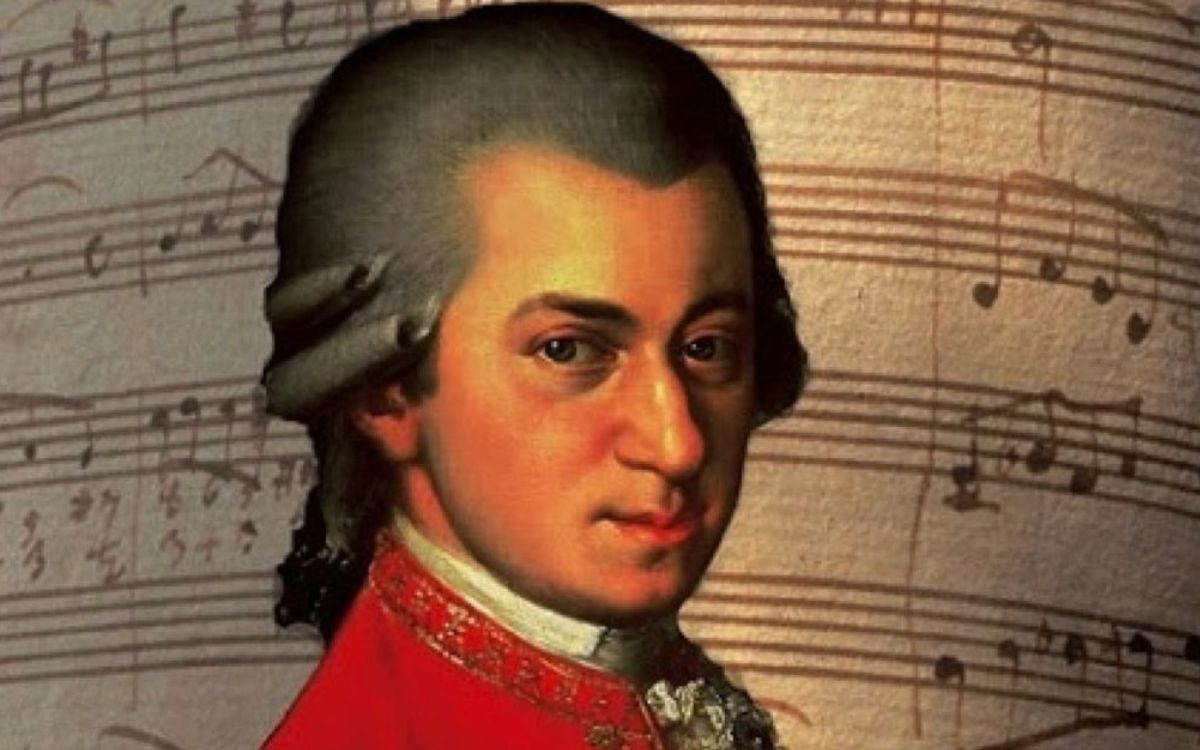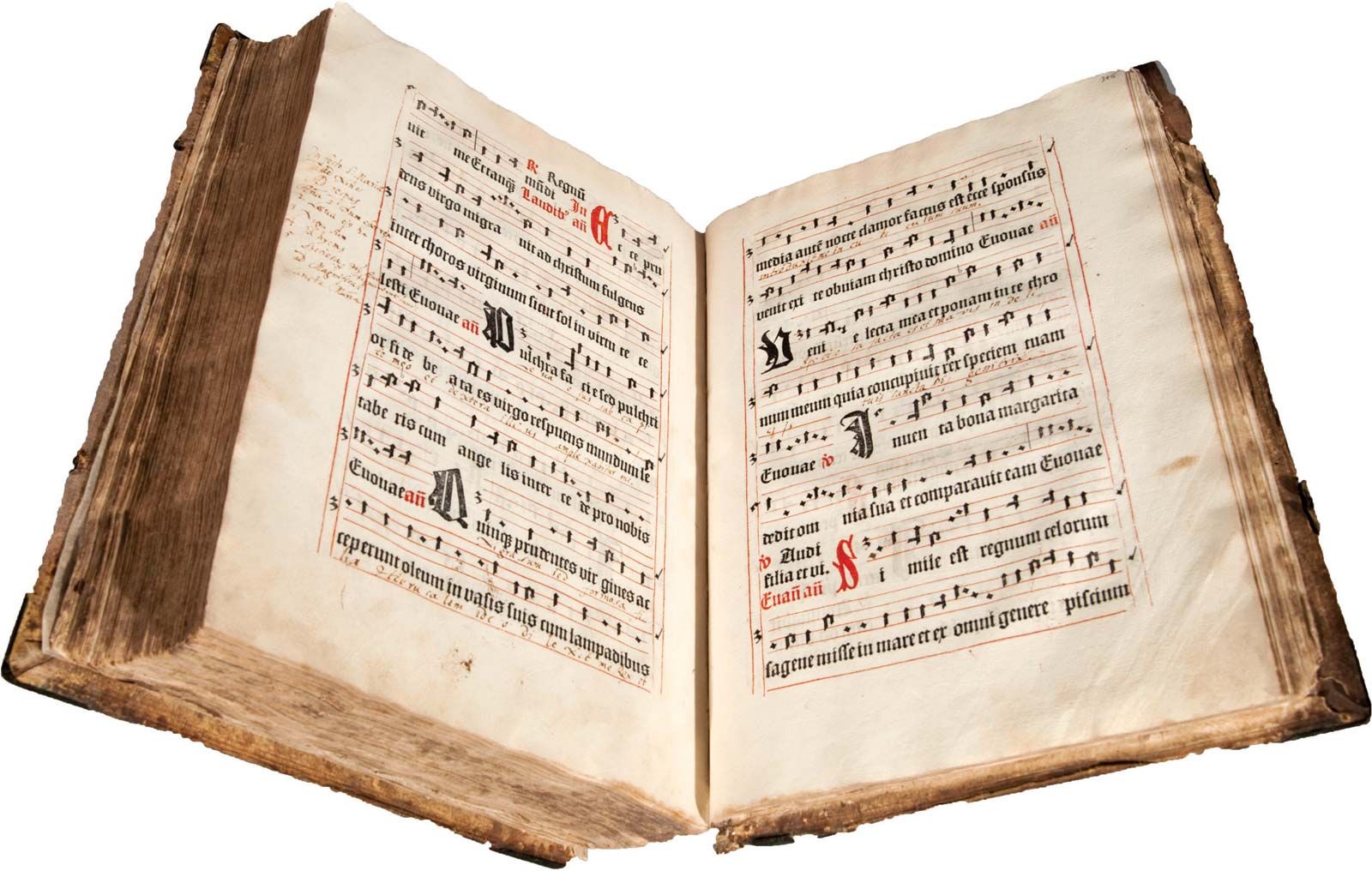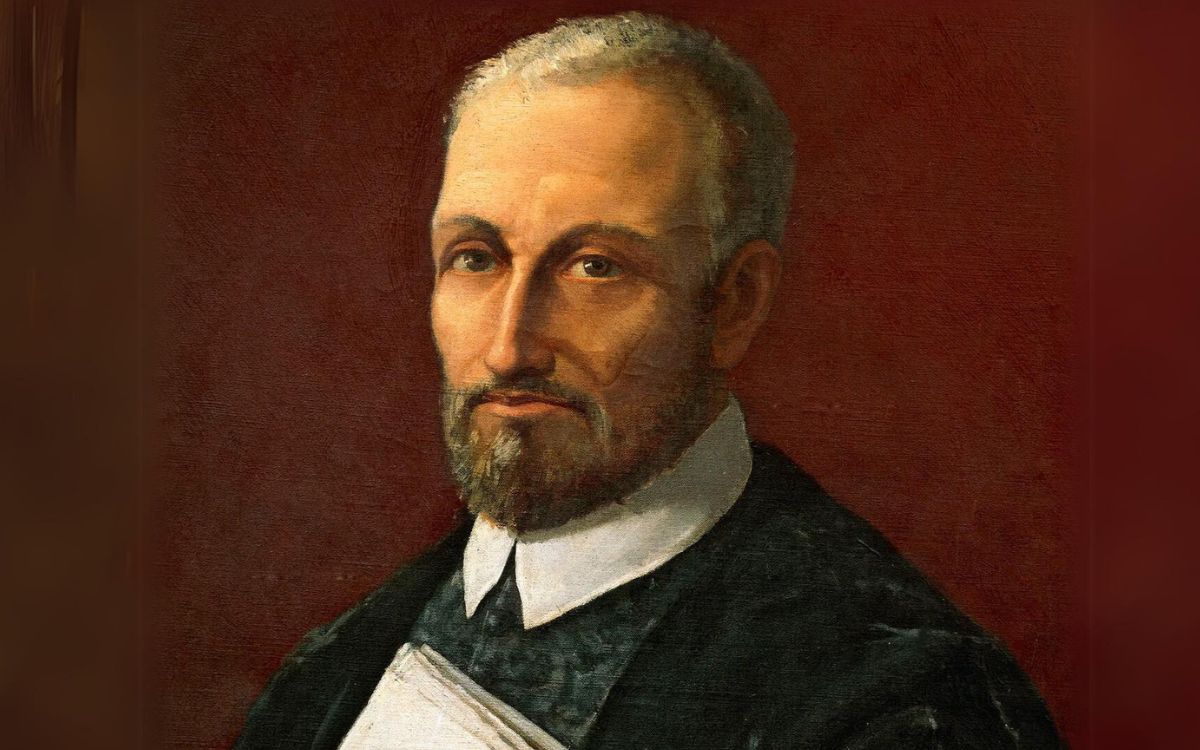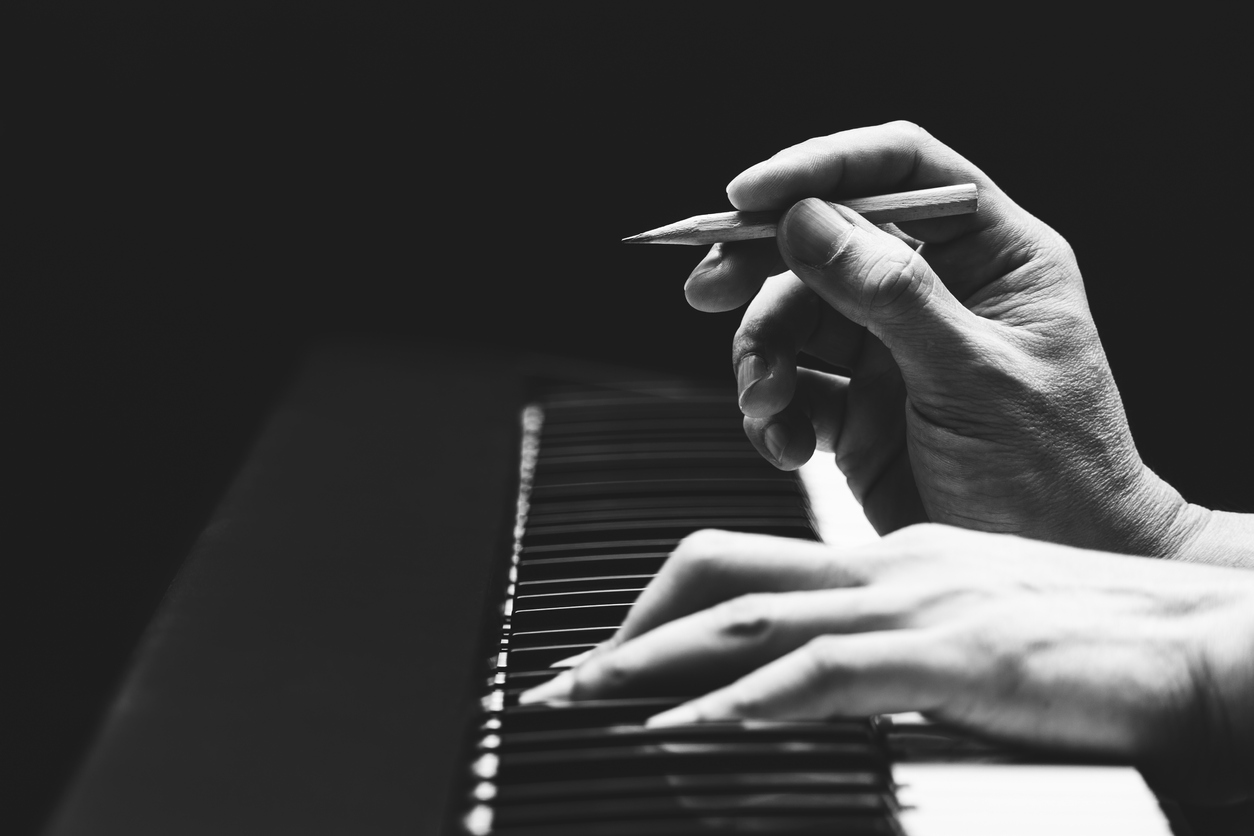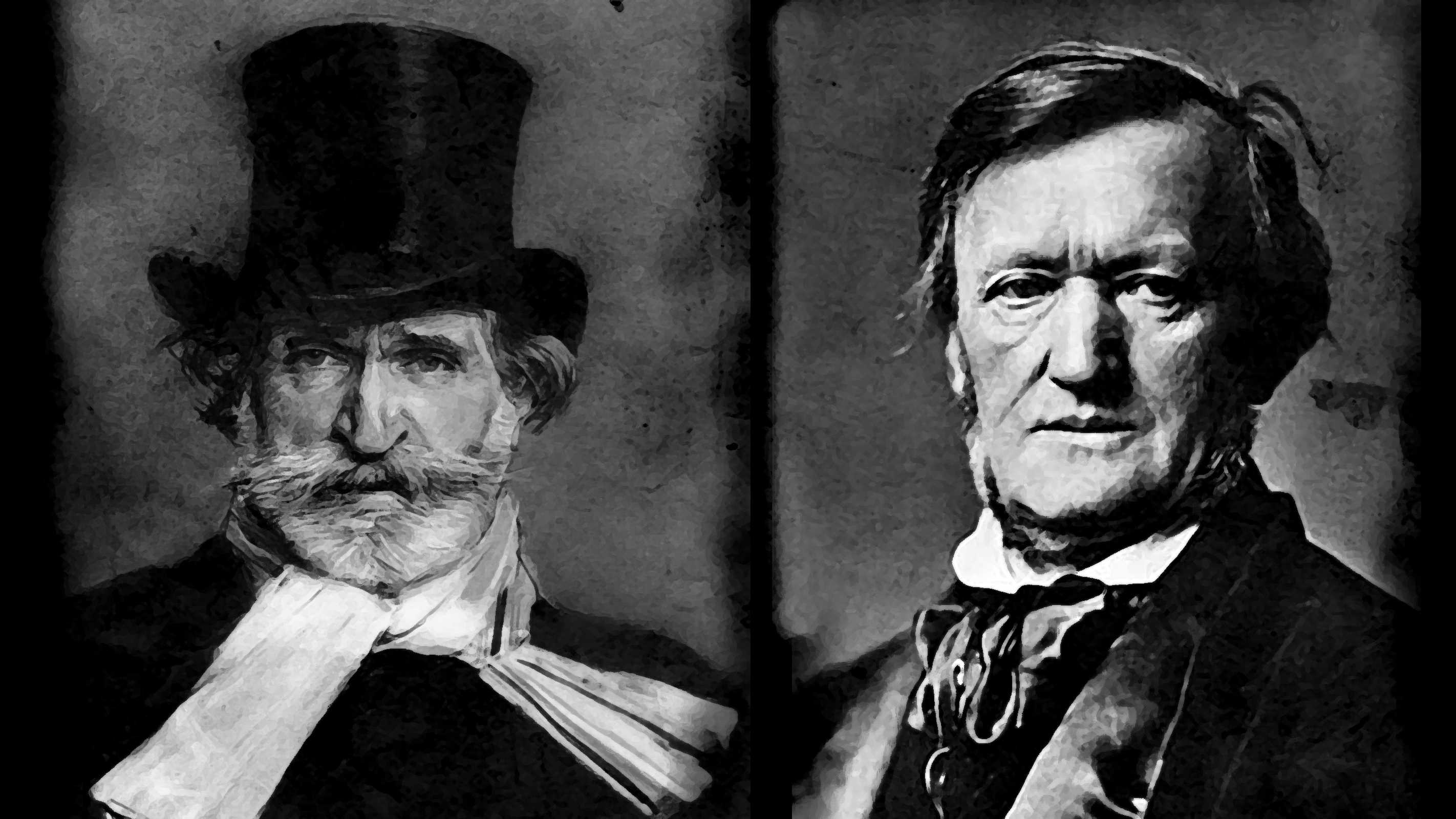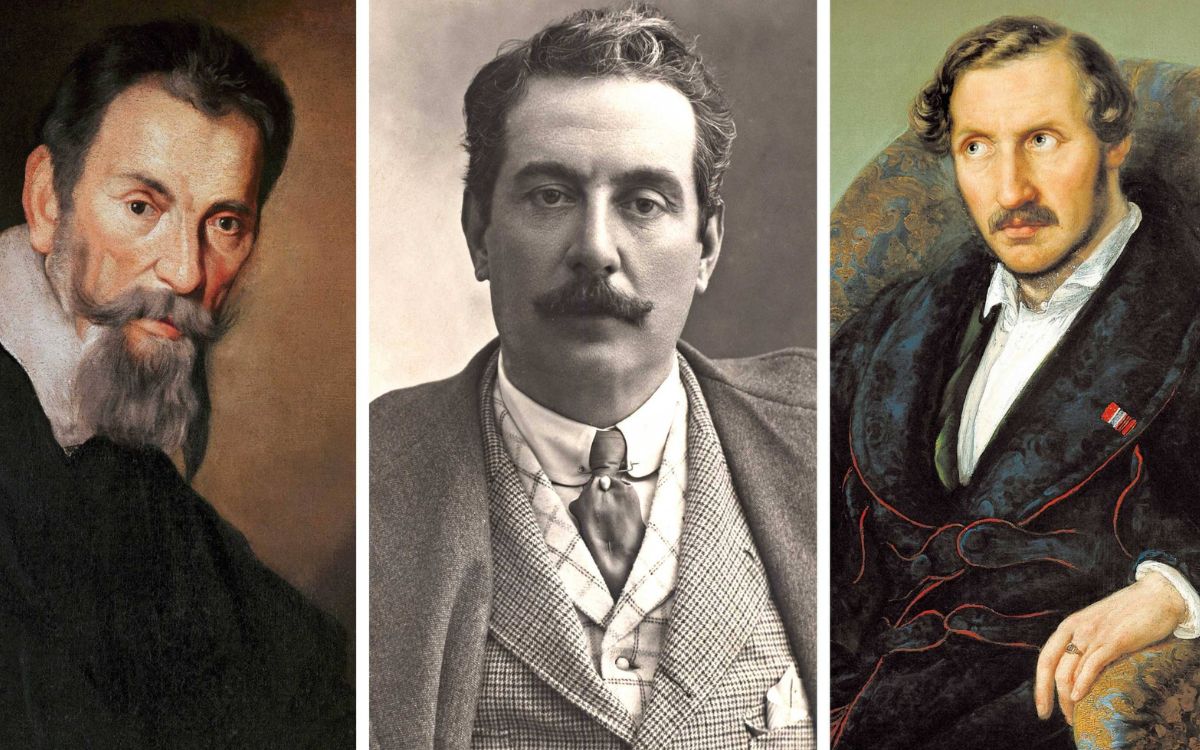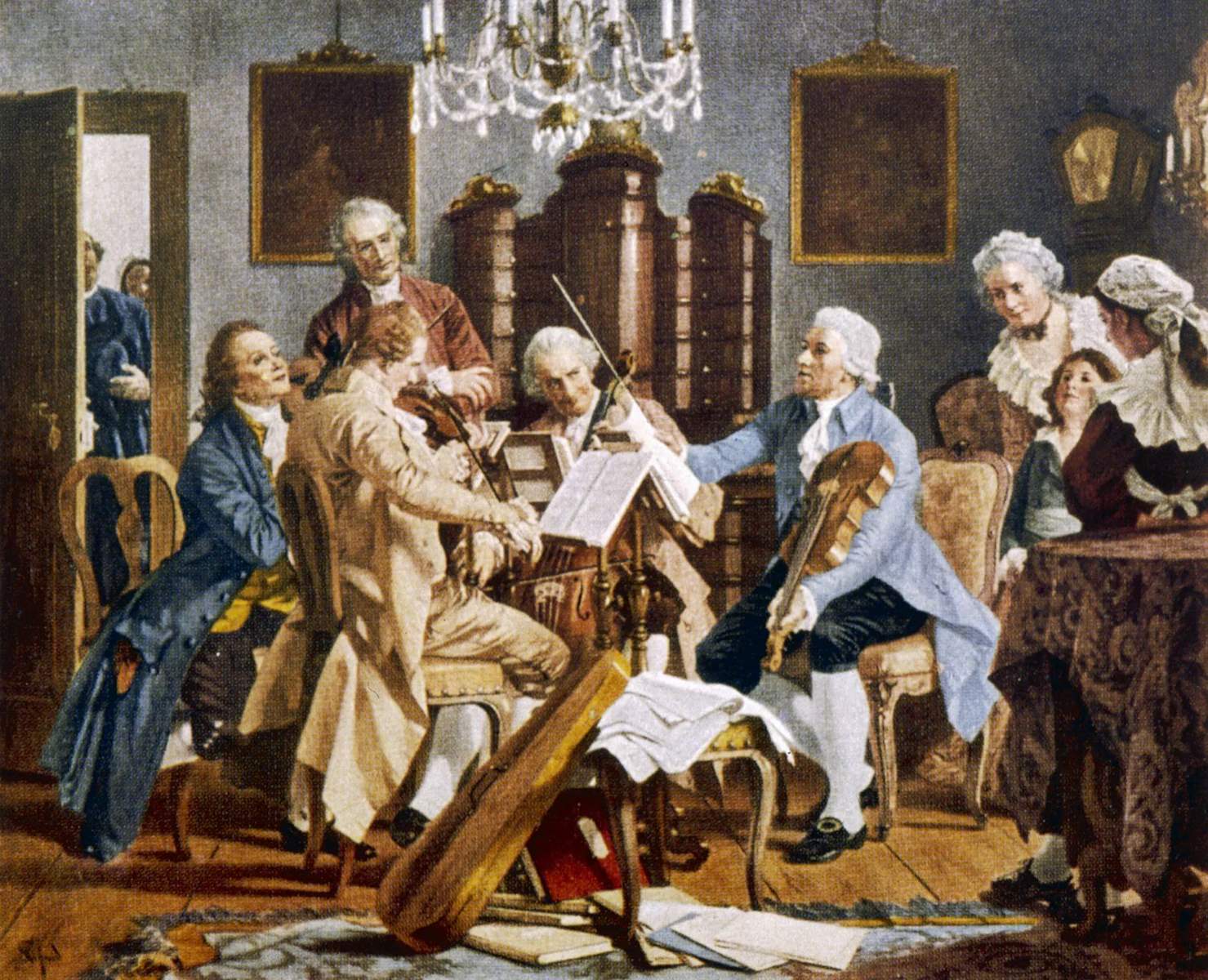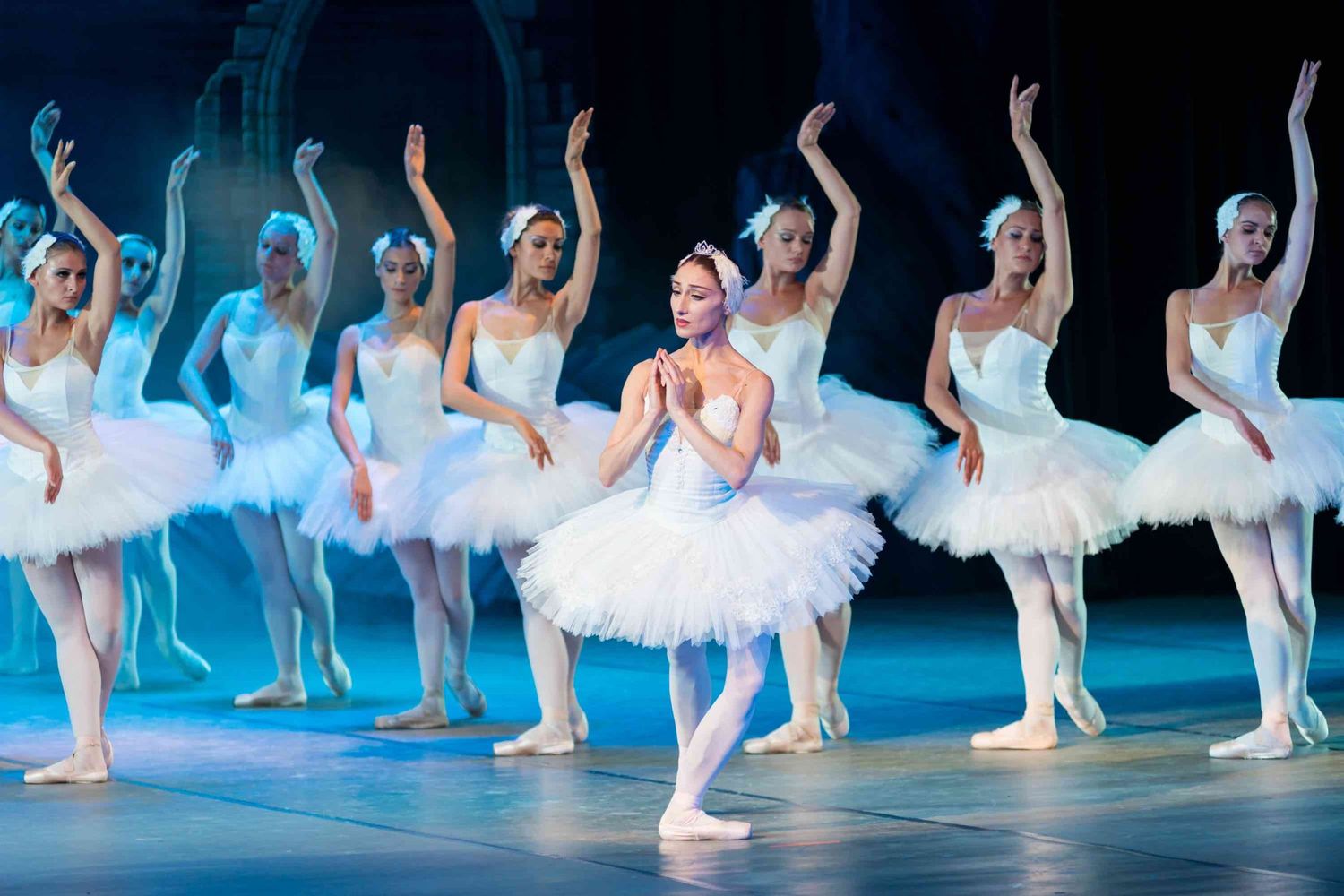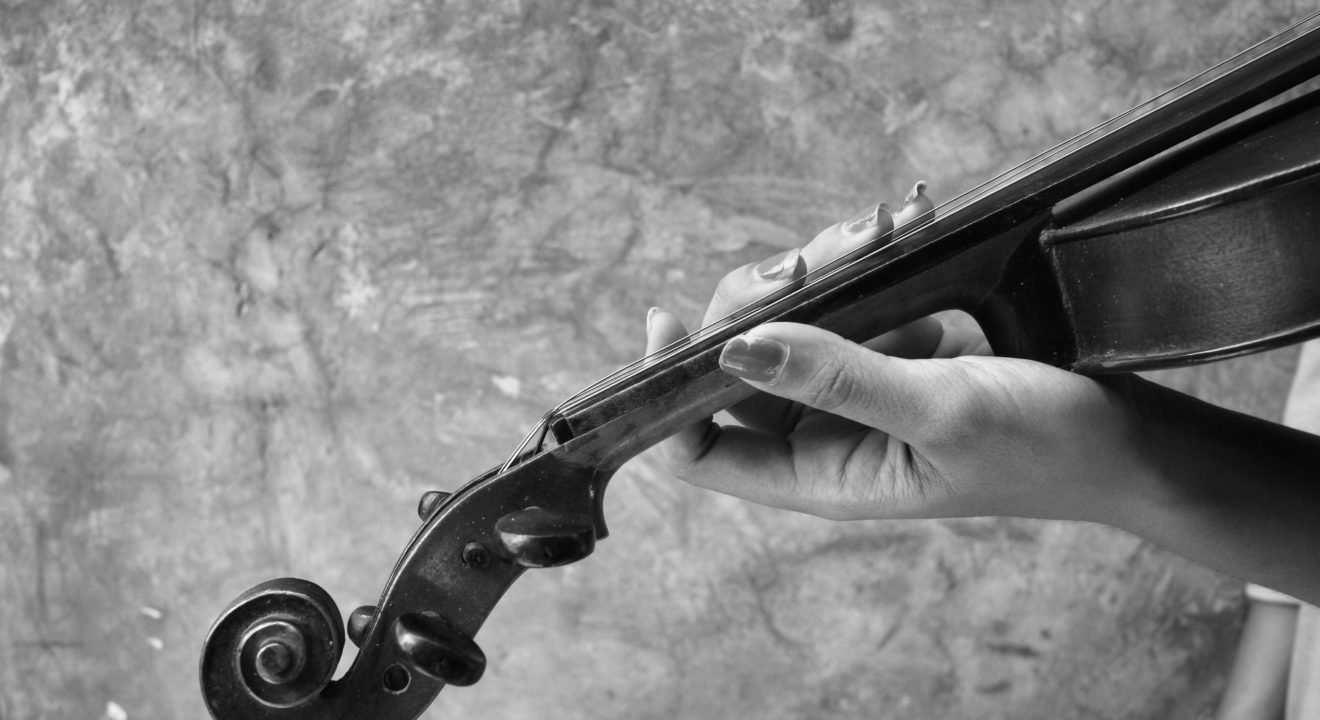Home>Events & Info>Ballet>Who Is The Most Well-Known Composer Of Ballet Music In The Romantic Period?
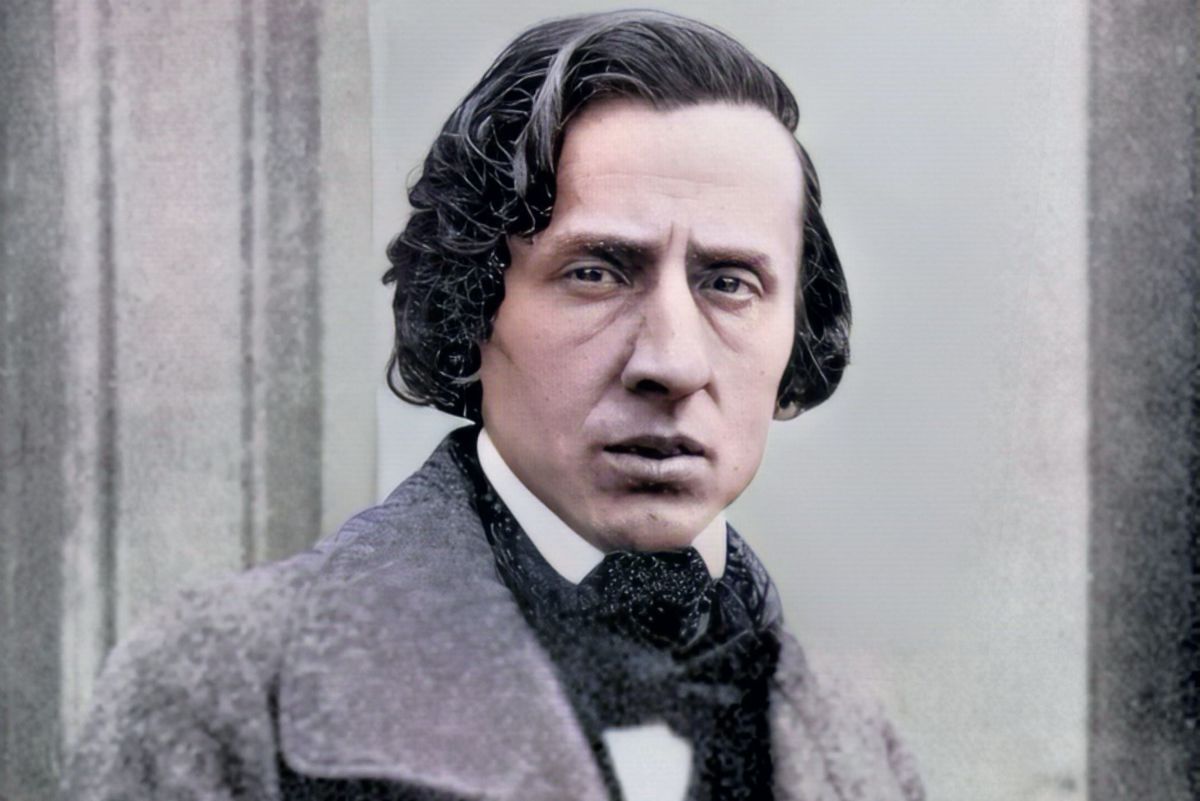

Ballet
Who Is The Most Well-Known Composer Of Ballet Music In The Romantic Period?
Published: January 10, 2024
Discover the most prominent composer of ballet music in the Romantic period, renowned for his timeless works that captivated audiences with their grace, elegance, and sheer beauty.
(Many of the links in this article redirect to a specific reviewed product. Your purchase of these products through affiliate links helps to generate commission for AudioLover.com, at no extra cost. Learn more)
Table of Contents
Introduction
Ballet, with its graceful movements and emotional storytelling, has been a cherished art form for centuries. From its early beginnings in the Renaissance to the classical era, ballet has continuously evolved and flourished. One era that brought a new wave of creativity and innovation to ballet was the Romantic period, which spanned from the early 19th to the late 19th century.
The Romantic period was characterized by its emphasis on intense emotion, nature-inspired themes, and individual expression. It was during this period that ballet music gained significant recognition and played a pivotal role in enhancing the narrative and evoking emotions in ballet performances.
In this article, we will explore the most well-known composers of ballet music in the Romantic period. These composers, through their enchanting melodies and imaginative compositions, have left an indelible mark on the ballet world.
As we delve into the world of ballet music in the Romantic period, it is important to note that there were several influential composers during this time. Each composer brought their unique style and contributions to the realm of ballet music. Therefore, it is subjective to determine the “most well-known” composer, as popularity and recognition can vary based on geographical regions and personal preferences. In the following sections, we will highlight some of the prominent composers whose works have endured the test of time.
Overview of the Romantic Period
The Romantic period in music and art was an era of innovation and emotional expression. It spanned from the early 19th century to the late 19th century and was marked by a departure from the strict formalism of the classical era. During this time, artists sought to depict intense emotions, individualism, and the beauty of nature.
One of the key characteristics of the Romantic period was the emphasis on individual expression and the exploration of personal feelings. Composers began to use music as a medium for expressing their innermost emotions, portraying love, longing, and sorrow with greater intensity. This shift in focus allowed ballet music to become more evocative and narrative-driven, enhancing the power of storytelling in ballet performances.
Nature, with its grandeur and mysticism, also played a significant role in the Romantic period. Composers found inspiration in the beauty of landscapes, the power of storms, and the tranquility of moonlit nights. This fascination with nature influenced the themes and imagery depicted in ballet music, with compositions often featuring pastoral scenes, supernatural elements, and magical realms.
The Romantic period also saw advancements in orchestration and musical techniques. Composers began to experiment with new instruments and expanded the limits of traditional instrumentation, creating rich and colorful symphonic arrangements. These innovations allowed ballet music to become more vibrant and expressive, captivating audiences with its sonic beauty.
Furthermore, the Romantic period witnessed the rise of nationalism in music. Composers started infusing their works with cultural and folk elements, tying their music to their respective countries and regions. This nationalistic sentiment played a significant role in the development of ballet music, adding a sense of identity and cultural heritage to the compositions.
Overall, the Romantic period was a time of artistic exploration and emotional depth. It brought a shift in focus from classical ideals to individual expression, allowing ballet music to flourish and evolve into a powerful and emotive force within the realm of dance.
Role of Ballet Music in the Romantic Period
In the Romantic period, ballet music took on a significant role in enhancing the narrative and emotional impact of ballet performances. Composers approached their compositions with the intention of creating a musical backdrop that would seamlessly integrate with the dance movements and storytelling on stage.
One of the primary roles of ballet music during this period was to evoke and amplify emotions. Composers embraced the Romantic ideals of intense feelings and brought them to life through their compositions. Whether it was the passionate love duets, the melancholic solos, or the thrilling ensemble numbers, ballet music served as the conduit for expressing and intensifying the emotional arcs of the ballet storyline.
Ballet music also played a crucial role in setting the mood and atmosphere of the performance. Composers carefully chose melodies, harmonies, and instrumentation to transport the audience into the world of the ballet. From the enchanting melodies of a fairy tale to the haunting tunes of a tragic love story, the music immersed the viewers in the emotional landscape of the ballet, making it a truly immersive experience.
Furthermore, ballet music in the Romantic period enhanced the dramatic elements of the performance. Composers utilized dynamic contrasts, tempo changes, and orchestral flourishes to create tension, excitement, and climactic moments in the ballet. These musical devices added depth and theatricality to the choreography, heightening the impact of pivotal scenes and captivating the audience with the grandeur of the production.
Ballet music in the Romantic period also showcased the technical mastery of composers. They composed intricate and challenging pieces that showcased the skills of both the dancers and the musicians. From lively and fast-paced compositions to delicate and graceful melodies, the music pushed the boundaries of technique and demanded virtuosity from the performers.
Overall, the role of ballet music in the Romantic period was to elevate the ballet experience by evoking emotions, setting the mood, enhancing the drama, and showcasing the technical brilliance of both the dancers and musicians. It was an integral component of the ballet performance, working hand in hand with the choreography to create a captivating and transformative artistic experience for the audience.
Comparison of Prominent Composers of Ballet Music
During the Romantic period, several composers made significant contributions to the world of ballet music. Each composer brought their unique style and artistic vision, leaving a lasting impact on the genre. Let’s explore some of the most prominent composers of ballet music during this era.
1. Pyotr Ilyich Tchaikovsky
Tchaikovsky was a Russian composer who revolutionized ballet music with his iconic compositions. His works, such as “Swan Lake,” “The Nutcracker,” and “Sleeping Beauty,” have become integral parts of the ballet repertoire. Tchaikovsky’s music is known for its lush melodies, evocative harmonies, and brilliant orchestration. His ability to capture the essence of the ballet narrative through his music is unparalleled.
2. Adolphe Adam
A French composer, Adam is recognized for his contribution to the Romantic ballet repertoire. He composed the iconic ballet “Giselle,” which tells a tragic love story between a peasant girl and a nobleman. Adam’s music is characterized by its graceful melodies, delicate nuances, and romantic themes. His compositions perfectly complement the ethereal and dramatic elements of the ballet.
3. Léo Delibes
Delibes, also a French composer, made significant contributions to ballet music with his enchanting compositions. His works, such as “Coppélia” and “Sylvia,” showcase his mastery of melody and rhythmic intricacies. Delibes’ music has a light and vibrant quality, capturing the charm and playfulness of the ballet stories.
4. Ludwig Minkus
Minkus, a composer of Austrian and Russian descent, is known for his collaborations with ballet choreographer Marius Petipa. Together, they created numerous ballets, including “Don Quixote” and “La Bayadère.” Minkus’ music is characterized by its lively and energetic rhythms, showcasing the virtuosity and technical brilliance of the dancers.
5. Cesare Pugni
Pugni, an Italian composer, was highly esteemed during the Romantic period for his ballet compositions. He collaborated with choreographer Jules Perrot and created numerous ballets, such as “Esmeralda” and “The Little Humpbacked Horse.” Pugni’s music is known for its graceful melodies, intricate variations, and expressive qualities, perfectly accentuating the elegance and artistry of ballet.
While these composers were some of the most prominent figures in ballet music during the Romantic period, it is important to acknowledge the countless other composers who made valuable contributions to the genre. Their collective efforts shaped the landscape of ballet music and continue to inspire and captivate audiences around the world.
Pyotr Ilyich Tchaikovsky
Pyotr Ilyich Tchaikovsky is widely regarded as one of the most renowned and influential composers of ballet music in the Romantic period. His compositions have become synonymous with the world of ballet, and his masterpieces continue to be performed and cherished by audiences worldwide.
Tchaikovsky’s contribution to ballet music is exemplified in his iconic works such as “Swan Lake,” “The Nutcracker,” and “Sleeping Beauty.” These ballets are not only staples of the ballet repertoire but also timeless classics that have captured the hearts of countless ballet enthusiasts.
Tchaikovsky’s music is characterized by its rich and emotive melodies, evocative harmonies, and meticulous orchestration. His ability to create music that perfectly encapsulates the essence of the ballet narrative is truly remarkable. For example, in “Swan Lake,” Tchaikovsky’s hauntingly beautiful melodies capture the ethereal beauty and tragic love story of Odette, the swan princess, and Prince Siegfried.
In “The Nutcracker,” Tchaikovsky’s enchanting and whimsical music transports the audience to a world of fantasy and imagination. The iconic melodies, such as the “Dance of the Sugar Plum Fairy” and the “Waltz of the Flowers,” have become instantly recognizable and synonymous with the holiday season.
Similarly, in “Sleeping Beauty,” Tchaikovsky’s music takes the listener on a magical journey with its lush orchestrations, graceful waltzes, and majestic themes. The music perfectly complements the enchanting tale of Princess Aurora and the power of true love’s kiss.
Tchaikovsky’s compositions for ballet not only showcase his mastery of melody and orchestration but also exhibit his deep understanding of the interplay between music and dance. His music seamlessly supports and enhances the choreography, elevating the overall impact of the ballet performance.
Furthermore, Tchaikovsky’s ballet music was influential in expanding the possibilities of orchestration and pushing the boundaries of technique. His scores are known for their demanding passages that require virtuosity from both the dancers and the musicians, creating a captivating and awe-inspiring spectacle on stage.
With his extraordinary talent and ability to capture the emotions and narratives of ballet, Pyotr Ilyich Tchaikovsky’s contributions to the world of ballet music in the Romantic period are truly unparalleled. His compositions continue to be celebrated and cherished, solidifying his legacy as one of the greatest composers in the history of ballet.
Adolphe Adam
Adolphe Adam, a French composer, is widely recognized for his significant contributions to ballet music during the Romantic period. He is best known for his composition of the iconic ballet “Giselle,” which has remained a beloved masterpiece in the ballet repertoire.
“Giselle” tells the tragic love story of a peasant girl who falls in love with a nobleman. Adam’s music perfectly captures the delicate nuances and dramatic elements of the ballet, enhancing the emotional journey of the characters and immersing the audience in their world.
Adam’s music in “Giselle” is characterized by its graceful melodies, romantic motifs, and skillful orchestration. His compositions evoke a sense of ethereal beauty and romanticism, which aptly reflect the enchantment and charm of the ballet storyline.
One of the most celebrated pieces in “Giselle” is the hauntingly beautiful “Hymn to the Wilis.” This captivating musical interlude represents the ethereal and supernatural nature of the ballet, creating a mesmerizing atmosphere that perfectly complements the choreography and captures the essence of the story.
In addition to “Giselle,” Adam composed other ballets that have gained recognition, although to a lesser extent. These include “Le Corsaire” and “La Filleule des fées.” While not as widely performed as “Giselle,” these ballets showcase Adam’s ability to create enchanting and captivating music that supports the narrative and enhances the dancers’ movements.
Adam’s contributions to the world of ballet music during the Romantic period extended beyond his compositions. He played a vital role in developing the framework for ballet scores, contributing to the standardization of elements such as the ballet’s structure, the use of leitmotifs, and the integration of music with the choreography. His approach to ballet music influenced future composers and helped shape the direction of ballet music in subsequent years.
Adolphe Adam’s legacy in the realm of ballet music is primarily defined by his masterpiece, “Giselle.” His ability to capture the emotions, portray the characters, and create a distinct atmosphere through his music solidifies his status as one of the foremost composers of the Romantic period. His contributions continue to leave an impact on the world of ballet, enchanting audiences with his timeless compositions.
Léo Delibes
Léo Delibes was a French composer who made significant contributions to the world of ballet music during the Romantic period. His enchanting compositions have left a lasting impact on the genre and continue to captivate audiences with their beauty and artistry.
Delibes’ most notable ballet scores include “Coppélia” and “Sylvia.” These ballets showcase his mastery of melody, rhythmic intricacies, and ability to create music that perfectly complements the choreography and narrative of the ballet.
In “Coppélia,” Delibes’ music seamlessly blends with the delightful story of a young man infatuated with a life-like doll. The ballet is renowned for its lively and charming music, which captures the whimsical and playful nature of the characters on stage. Delibes’ compositions, such as the famous “Dance of the Hours,” showcase his ability to create captivating melodies and showcase the vibrant spirit of the ballet.
“Sylvia” is another notable ballet where Delibes’ music takes center stage. Set in a mythological realm, the ballet tells the story of the huntress Sylvia and her journey to find true love. Delibes’ music for “Sylvia” is characterized by its graceful melodies, evocative harmonies, and lush orchestrations. The famous “Pizzicato” from Act III, with its catchy and rhythmic string plucking, has become synonymous with the ballet and is often used in popular culture to depict a playful and lighthearted tone.
Delibes’ music not only captures the essence of the ballet narratives but also showcases his ability to evoke various moods and emotions. From the delicate and ethereal melodies to the lively and energetic dance numbers, his compositions create a rich tapestry of sound, heightening the dramatic impact of the ballet performances.
Furthermore, Delibes’ music in ballet is characterized by its elegance and refinement. His work often embraces the beauty and gracefulness of dance, highlighting the technical prowess of the dancers. The intricate melodies and harmonies allow the dancers to showcase their skills, creating a seamless blend of music and movement on stage.
Delibes’ contributions to ballet music during the Romantic period have solidified his place as one of the most influential composers in the genre. His music continues to be celebrated and performed, enchanting audiences with its melodic beauty, emotional depth, and seamless integration with ballet choreography.
Ludwig Minkus
Ludwig Minkus, an Austrian-Russian composer, significantly contributed to the world of ballet music during the Romantic period. He is best known for his collaboration with choreographer Marius Petipa, creating numerous ballets that have become iconic in the ballet repertoire.
Minkus’ works, such as “Don Quixote” and “La Bayadère,” showcase his ability to compose vibrant and captivating music that perfectly complements the energetic and virtuosic nature of the ballet. His music often features lively rhythms, memorable melodies, and intricate orchestration.
“Don Quixote” is a lively and colorful ballet that tells the story of the chivalrous knight’s adventures. Minkus’ music for “Don Quixote” captures the essence of Spanish culture, utilizing lively and rhythmic dance numbers, castanets, and Spanish-inspired motifs. His compositions bring the vibrant characters to life with their energetic and passionate nature.
In “La Bayadère,” Minkus’ music transports audiences to the exotic world of ancient India. The ballet tells a tale of love, betrayal, and forgiveness. His compositions for “La Bayadère” incorporate Indian-inspired melodies, creating an atmospheric and mystical ambiance. The famous “Dance of the Shades” is a highlight of this ballet, featuring delicate melodies and ethereal harmonies that evoke an otherworldly sense of beauty.
Minkus’ music is known for its technical demands, showcasing the skills of both the dancers and the musicians. His compositions for ballet often feature challenging and virtuosic passages, highlighting the technical prowess of the performers. The intricate and dynamic music creates a sense of excitement and captivates the audience with its sheer brilliance.
While Minkus’ music may not possess the same depth of emotion as some of his contemporaries, his contributions to ballet music during the Romantic period cannot be understated. His compositions are vibrant, energetic, and perfectly suited to the grand spectacle and technical precision characteristic of ballet performances.
Minkus’ collaboration with Petipa played a significant role in the development of ballet during this period. Together, they created ballets that showcased the artistry and technical abilities of the dancers, with Minkus’ music serving as the driving force behind the dynamic and captivating performances on stage.
Ludwig Minkus’ contributions to ballet music enriched the repertoire during the Romantic period and continue to be celebrated to this day. His lively and energetic compositions, filled with memorable melodies and technical brilliance, create a lasting impression and exemplify the spirit of the Romantic ballet.
Cesare Pugni
Cesare Pugni, an Italian composer, was a prolific figure in the world of ballet music during the Romantic period. His compositions for ballets have left a lasting impact on the genre, with many of his works still being performed and cherished by ballet companies around the world.
Pugni’s collaborations with choreographer Jules Perrot resulted in the creation of numerous ballets, such as “Esmeralda” and “The Little Humpbacked Horse.” His music for these ballets showcases his ability to create enchanting melodies, intricate variations, and expressive qualities that perfectly accentuate the elegance and artistry of ballet.
In “Esmeralda,” Pugni’s music brings to life the tragic story of a beautiful gypsy girl. His compositions capture the spirit of the ballet, incorporating lively Spanish-inspired rhythms and tender, lyrical melodies. The music serves to heighten the emotional impact of the characters and their journey throughout the performance.
“The Little Humpbacked Horse” is another renowned ballet that features Pugni’s compositions. The ballet, based on Russian folklore, tells the story of a young boy who embarks on a magical adventure. Pugni’s music for this ballet is characterized by its playful and whimsical tones, transporting the audience to a world of fantasy and enchantment.
Pugni’s music is known for its graceful melodies, intricate variations, and expressive qualities, which seamlessly blend with the choreography to create a captivating and immersive ballet experience. His compositions often highlight the technical abilities of the dancers, demanding virtuosity and precision in their performances.
While Pugni’s name may not be as prominently recognized as some other composers of his time, his contributions to ballet music during the Romantic period are significant. His music, characterized by its beauty and expressive qualities, has made a lasting impact on the ballet repertoire.
Pugni’s collaboration with Perrot and his ability to compose music that complements the narrative and enhances the artistry of dance have solidified his status as an important figure in ballet music. His compositions continue to be appreciated and performed, showcasing the enduring legacy of Cesare Pugni in the world of ballet.
Conclusion
The Romantic period was a golden age for ballet music, with composers making significant contributions that have shaped the genre to this day. Pyotr Ilyich Tchaikovsky, with his profound understanding of emotions and storytelling, remains an iconic figure in ballet music. His compositions, including “Swan Lake,” “The Nutcracker,” and “Sleeping Beauty,” continue to captivate audiences with their beauty and depth.
Adolphe Adam, Léo Delibes, Ludwig Minkus, and Cesare Pugni, although lesser-known in comparison, have also left their mark on ballet music in the Romantic era. Adam’s masterpiece “Giselle” immortalizes his ability to capture the delicate nuances of love and tragedy. Delibes’ enchanting compositions in “Coppélia” and “Sylvia” transport audiences into whimsical and mythical worlds. Minkus’s lively and virtuosic scores, such as “Don Quixote” and “La Bayadère,” bring energy and excitement to the ballet stage. Pugni’s graceful melodies and expressive qualities shine in ballets such as “Esmeralda” and “The Little Humpbacked Horse.”
Each of these composers, in their own unique way, added depth, emotion, and technical brilliance to ballet music. Their contributions elevated the art form, enhancing the storytelling, and captivating audiences with their rich melodies, vibrant orchestrations, and ability to capture the essence of the ballet narratives.
While it is subjective to determine the “most well-known” composer of ballet music in the Romantic period, as preferences and recognition can vary, the collective contributions of these composers have shaped and defined the genre. Their music continues to be celebrated, performed, and cherished by both dancers and audiences alike, demonstrating the enduring legacy of their art.
In conclusion, the Romantic period was a time of innovation, emotion, and artistic exploration in ballet music. Through the works of Tchaikovsky, Adam, Delibes, Minkus, and Pugni, audiences have been transported to magical realms, experienced the depth of human emotions, and witnessed the technical brilliance of dancers. Their compositions continue to inspire and evoke a sense of wonder, showcasing the profound connection between music and ballet in a way that transcends time and continues to enchant audiences around the world.

